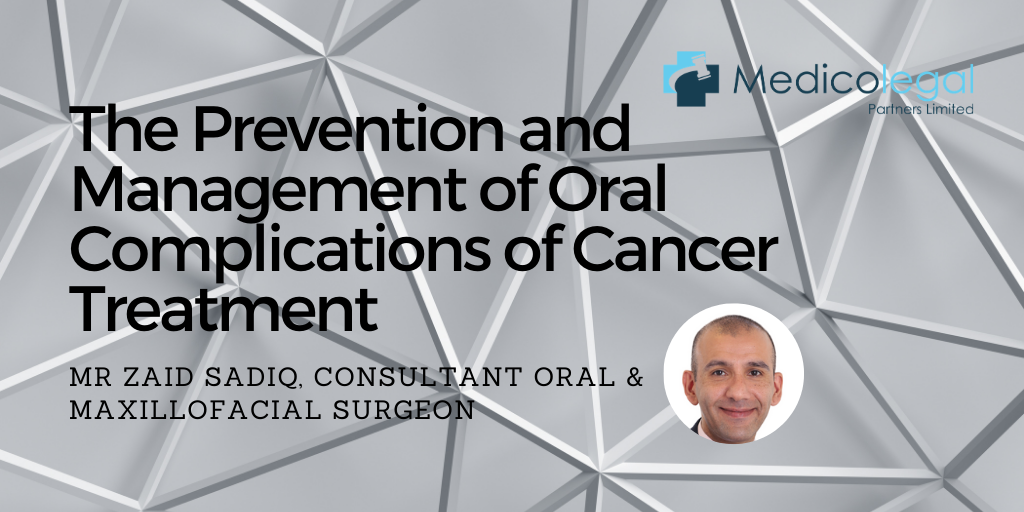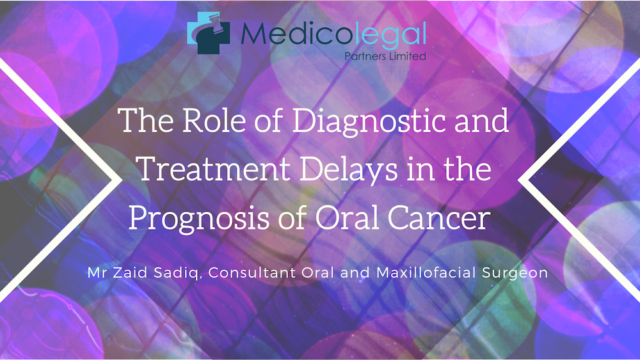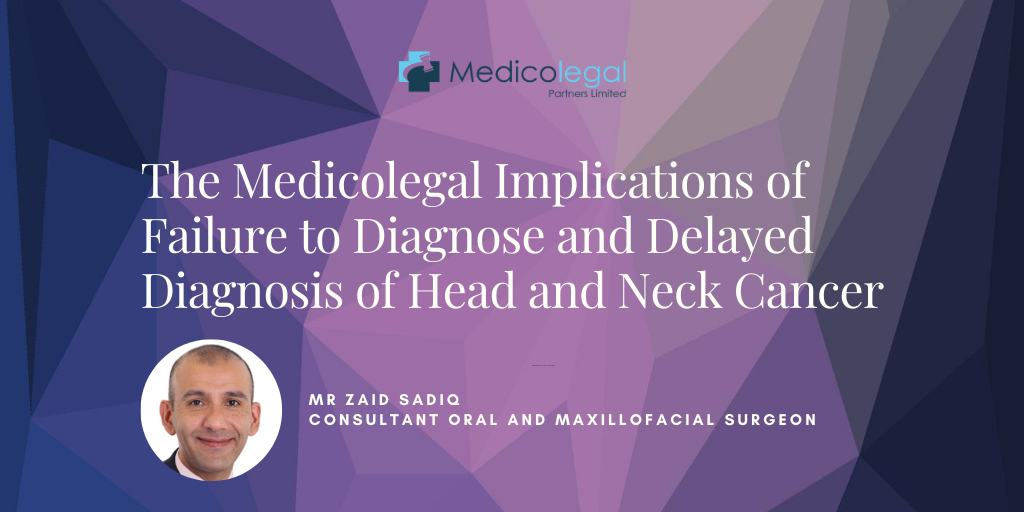Potential Medicolegal Pitfalls Arising from the Unpredictable Progression of Premalignant Conditions to Oral Cancer

It is well established that oral cavity cancer, commonly squamous cell carcinomas, develops in a two-step process involving molecular and biochemical cellular alterations. This pathological evolution can be associated with clinical changes of the affected tissues. Such lesions are the hallmark of conditions affecting the lining of the mouth, associated with malignant transformation, known as potentially malignant disorders (PMDs). Clinical identification of PMDs offers an opportunity for intervention to prevent disease progression. It is important to be able to recognise high-risk lesions among a multitude of innocuous lesions with similar features.
General medical and dental practitioners are in a position to decide which patients must be referred to a specialist for assessment and follow-up. A routine oral cancer screening requires a visual and tactile examination of the mouth as well as the head and neck territory. Of equal importance is that the specialist should risk stratify each case, at each visit. This will determine investigations and whether medical and/or surgical management is appropriate. Further to these concerns, these conditions tend to develop in what is known as field change. This means that for any part within the lining of the mouth at which cellular nuclear damage resulted in a PMD, the adjacent mucosa is almost equally at risk of producing additional PMD lesions, even if they appear normal to the naked eye.
The most common PMD is leukoplakia, a white patch, which has an estimated worldwide prevalence of around 2.9%. Lesions are termed potentially malignant rather than premalignant. Clinical behaviour is unpredictable; some lesions remain stable; others regress, but in up to 30% of cases, oral malignancy is diagnosed within 5 years of follow-up. The frequency of dysplastic or malignant transformation ranges from 15–40%. This process is influenced by several factors, and appears to happen more often in; women, patients in whom the condition has existed for a long time and non-smokers. Erythroplakia, a red patch, is generally considered to be more dangerous, as it has a very high rate of progression to cancer. In high-risk patients, such as those with heavy usage of alcohol or tobacco, around 80% of these bright red patches may already contain small areas of cancerous tissue at the initial biopsy, and virtually all of them will show precancerous changes. Therefore, a diagnosis of erythroplakia is usually more concerning than one of leukoplakia. There are other pathological conditions that are considered precancerous including lichen planus and submucous fibrosis. In addition, less common lesions include discoid lupus erythematosus and some rare hereditary conditions.
There is general consensus that the clinical stage of the cancer at the time of diagnosis is the most important predictor of recurrence and mortality in this cohort of patients. The time taken to diagnosis is influenced by multiple clinical and sociodemographic variables, including; patient reluctance to consult a health-care professional, lack of access to health care – especially in patients with low socioeconomic status, as well as professional delay in diagnosing and treating the disease. Studies have shown that dentists and other health-care providers are in need of systemic educational updates in oral cancer prevention and early detection, as the standard of mouth examination and appropriate referral is variable. Clinicians can improve patients’ outcomes if PMDs are detected at an early stage and treated prior to malignant progression. A major challenge for early diagnosis of the at-risk tissue is the limited ability to differentiate oral precancerous lesions at high risk of progressing into invasive cancer from those at low risk. Thus, the prevention of oral cancer and its associated morbidity and mortality, can be dependent upon the early detection of oral precancerous lesions, whereby specialist care can continue with histological evaluation and subsequent treatment depending on the diagnosis. Early detection and screening for oral cancer has the potential to decrease the morbidity and mortality of disease, but methods for screening in primary care have not been proven successful. It therefore follows that failure to appropriately identify and refer from primary practitioners plus treatment and prevention from specialist practitioners may lead to PMDs progression to cancer and therefore can have medicolegal implications.
About our expert
Mr Zaid Sadiq is a Consultant Oral and Maxillofacial (Head and Neck) Surgery. Mr Sadiq is qualified in both medicine and dentistry and can accept adult and paediatric medico legal instructions in a range of specialist areas for either claimant or defendant. Mr Sadiq has a keen interest in cancer, reconstructive surgery and tissue engineering.
References:
- Johnson NW, Warnakulasuriya S, Gupta PC et al. Global oral health inequalities in incidence and outcomes for oral cancer: causes and solutions. Adv Dent Res 2011; 23(2): 237–246.
- Amagasa T. Oral premalignant lesions. Int Clin Oncol. 2011;16:1–4.
- van der Waal I. Potentially malignant disorders of the oral and oropharyngeal mucosa;terminology, classification and present concepts of management. Oral Oncol 2009;45(4/5): 317–323.
- Mehanna HM, Rattay T, Smith J et al. Treatment and follow-up of oral dysplasia—a systematic review and meta-analysis. Head Neck 2009; 31(12): 1600–1609.




